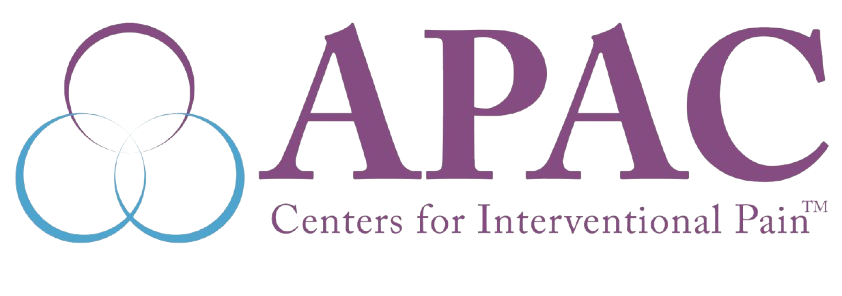As you near childbirth and get closer to welcoming a new family member, or you’re anticipating an upcoming surgery, either experience can be a mix of excitement and anxiety. Understanding your pain management options becomes crucial amidst this emotional journey. Here, we explore two widely used methods: spinal block vs epidural. Join us as we discuss the difference between a spinal and epidural and how they are applied.
What Is the Difference Between Epidural and Spinal Block?
When comparing spinal nerve blocks and epidural, the common ground lies in the insertion of a needle into the lower back. For epidurals, a catheter, a small plastic tube, is threaded through the needle before withdrawal. The subsequent injection of medications, comprising local anesthetics and/or narcotics, occurs either via the spinal needle or the epidural catheter.
Epidural analgesia or anesthesia operates within the “epidural space.” The medication traverses the membrane (dura mater) encasing the spinal cord before hitting the specific nerves, giving a lag of approximately 10–15 minutes for pain relief. The strategic placement of the catheter facilitates a continuous infusion of pain medications.
On the other hand, spinal analgesia or anesthesia entails injecting medication into the cerebrospinal fluid (CSF) enveloping the spinal cord. Notably, spinal needles are thinner than epidural needles, and the doses administered are smaller. However, the trade-off is a finite duration of pain relief, approximately 1–2 hours, as there is no catheter for continuous infusion.
Advantages of an Epidural Over a Spinal
Today, as medicine becomes more exact, the preference for epidurals is on the rise. This shift is particularly notable for first-time births, where the extended duration of labor pains often spans 12–18 hours, and positions epidurals as a favorable choice. While a spinal block provides pain relief for a limited period, an epidural steps in with the option of prolonged pain relief. This underscores the fact that a spinal block is not the same as an epidural.
Advantages of a Spinal Over an Epidural
In certain situations, a spinal block offers advantages over an epidural. If complications arise during birth or a C-section is needed, a spinal provides immediate relief. This makes it a preferred choice in these cases. A surgeon may also prefer that a patient receives a spinal block if a shorter surgery is anticipated.
Read More: Thoracic Spinal Pain: What You Need to Know
Bottom Line
As labor day approaches, or your upcoming surgery looms, you are likely to have questions. Initiating a conversation with our doctors at APAC Centers for Pain Management about the preferred type of pain relief is crucial. We are a top pain clinic in Indiana and are ready to help you determine the best pain management options for you.






